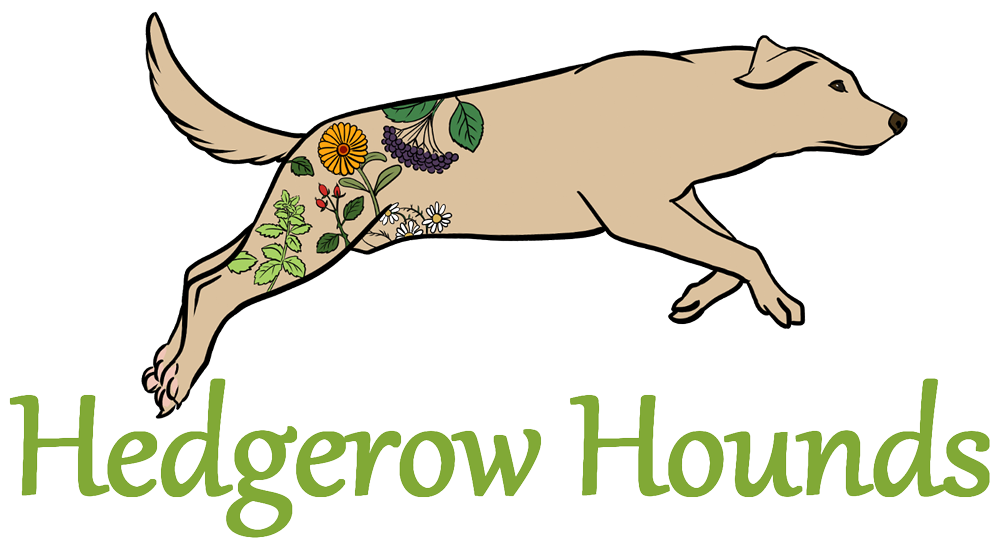Teaching your dog to calmly use a ramp to get in and out of the car is time well spent.
Sooner or later owners of medium or large dogs that cannot be lifted in and out of the car will need some assistance due to old age, injury, recovery after surgery or mobility problems.
Jumping out of the boot of cars, even for fit healthy dogs puts a huge strain on their shoulders and forelimb joints, so it is a good idea to get dogs used to using a ramp early on before they are actually needed. For dogs that have to regularly jump out of a high vehicle such as a 4×4 a ramp can save a lot of wear and tear to joints and prevent future injury . This is as important for young dogs with fragile, growing joints as it is for seniors with signs of arthritis. As the saying goes “an ounce of prevention is worth a pound of cure”
Where many people encounter problems is when the dog, that has never been introduced to a ramp before is suddenly presented with it at a step angle propped up against a car bumper. Then either the dog rushes and tries to jump it or flatly refuses to go up it, they will also often launch themselves out of the car rather than calmly come down the ramp. This is particularly unhelpful if you dog is recovering from an injury or operation.
To get your dog calmly and confidentiality using a ramp it is best to go back to basics and get them to walk along the ramp while it is flat on the ground and even asking for sit half way across it. Then slightly incline one end by propping up on a step to give them the sensation of transferring weight onto their rear quarters and walking up an incline.
Whatever you use must create a firm base that does not move and wobble around when your dog walks on it.
At this point add an audible cue such as “step” as soon as the dog is about to place a paw on the ramp. For dogs that have limited or no vision this is invaluable as you can say the word all the way up and down the ramp and stop the second they reach the top or the bottom which gives them an idea of where they are and a feeling of safety. After a while they get to know how many steps it takes to get to the end.
Treats can be a great help by either sprinkling a few along the ramp or have someone at the other end of the ramp to offer encouragement and a very tasty treat as a reward.
With dogs that rush at the ramp or elderly dogs that have limited body strength I have found a harness really helpful to steady them and give a feeling of safety. One hand on the harness and the other cradling their bottom can help no end. With regards to the surface of the ramp, make sure it is sturdy and non slip with a defined raised edge.
Once the dog is totally comfortable going up and down the ramp on a flat surface followed by raising one end, progress to placing it on the bumper of the car. Use you chosen cue word as the dog approaches the ramp and encourage them to calmly climb, tapping the ramp lightly with your fingers at first can sometimes help as can a treat placed at the end of their nose to guide them into the car.
A dog that waits as the boot is open is also going to make life easier for unloading them safely down the ramp so maybe some work is required with the wait command for the best results.
If the ramp is introduced carefully then should a time come when it is regularly needed it will be hassle free and such a help to your dog and also save any strain on your back if you have been attempting to lift them in and out of the car.
Caroline Hearn - Sports & Holistic Therapist MICHT. Dip.ICAT. MIAAT
www.hedgerowhounds.co.uk

